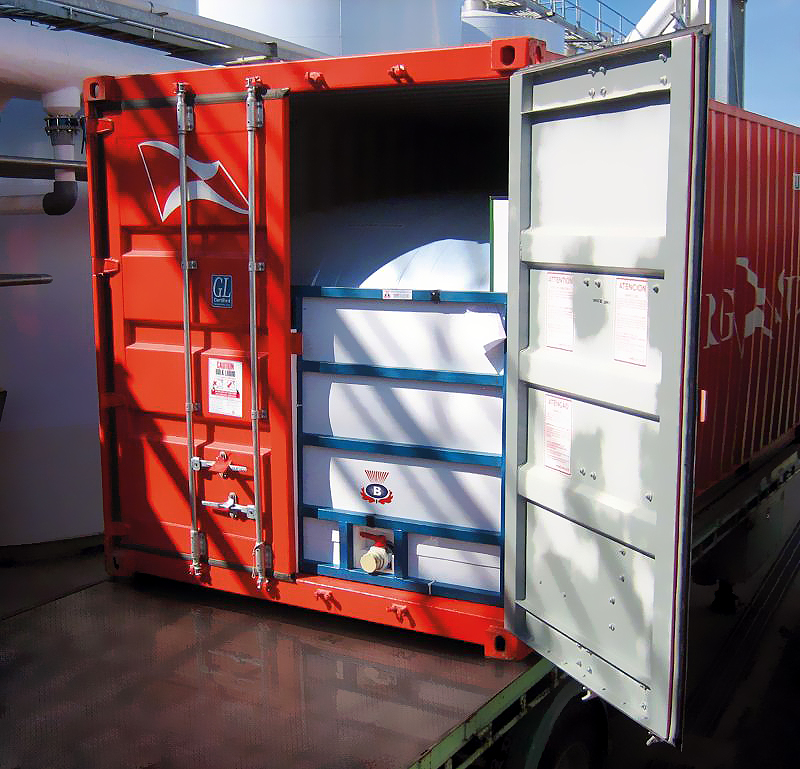AKAM BITUMEN






AKAM Bitumen , often known as asphalt, is a commonly encountered substance in daily life, often without anyone being aware of its presence. Bitumen plays a crucial role in contemporary infrastructure, encompassing many elements such as the roadways we traverse and the roofs that provide shelter for our residences. However, the precise nature of this adaptable substance and the reasons for its extensive utilisation remain to be elucidated.
1. What is AKAM Bitumen ?
This paper provides an introduction to the topic of bitumen, a highly viscous and black material that is commonly used in various industries. The purpose of this introduction is to provide a comprehensive overview of bitumen,
Bitumen is a viscous, opaque, and adhesive material. Hydrocarbon products can be derived through two primary methods: direct distillation of crude oil or natural occurrence within geological formations. The viscosity of the substance varies from a thick liquid to a glassy solid.
2. Historical Context of AKAM Bitumen
The utilisation of bitumen may be traced back to approximately 6000 BC, as evidenced by historical documentation. During this time, bitumen was employed as a sealant for various purposes, such as the lining of baths or tanks in ancient civilizations. The Mesopotamian civilization utilised this material for the construction of their renowned architectural marvels, while the ancient Egyptians employed it in the intricate process of mummification.
3. The process of extraction and production
There are two basic methods of sourcing bitumen:
Natural Deposits: Certain geographical areas possess inherent bitumen reservoirs, exemplified by the tar sands located in Alberta, Canada.
Residual byproduct can be generated during the distillation of petroleum. In this process, the fractions with higher molecular weights are gathered and subjected to treatment in order to generate bitumen.
4. Characteristics and properties
AKAM Bitumen possesses several intrinsic qualities that make it a preferred material of choice:
The adhesive properties of bitumen allow for the effective binding of aggregates, rendering it a very suitable material for the construction of roadways.
Durability: Due to its capacity to withstand regular usage and physical strain, it is highly suitable for places with a high volume of foot traffic.
Water resistance: Bitumen exhibits a high degree of impermeability, hence serving as an effective agent for waterproofing purposes.
Flexibility: In spite of its inherent rigidity, bitumen possesses the ability to undergo flexion without fracturing, so accommodating the natural motions of the underlying earth.
Roads are a prominent feature in the bitumen landscape, owing to its adaptable characteristics that allow for their utilisation across diverse industries.
The adhesive qualities of bitumen provide numerous advantages in the construction of road infrastructure, including highways, runways, and pavements.
Roofing serves as a protective barrier to prevent water infiltration.
Bituminous sealants are commonly used in many applications such as dams, reservoir linings, and some types of footwear for the purpose of waterproofing.
The material’s high density renders it well-suited for sound insulation purposes.
5. Contemporary Advancements and Technological Developments
Technological breakthroughs have significantly improved the properties and characteristics of bitumen.
Polymer Modified Bitumen (PMB) involves the incorporation of polymers into bitumen, leading to the development of a composite material that exhibits enhanced durability against wear and improved stability in the face of temperature variations.
The utilisation of bitumen emulsion involves the suspension of bitumen particles within a water medium, resulting in enhanced workability even at lower temperature conditions. This characteristic contributes to a reduction in energy consumption during the application process.
6. The Significance of Environmental Concerns and the Imperative of Sustainability
The extraction and utilisation of bitumen have elicited significant environmental apprehensions.
The process of extracting bitumen, particularly from tar sands, is known to be energy-intensive, resulting in the emission of substantial amounts of greenhouse gases.
Habitat Disruption: The extraction of natural bitumen frequently causes disturbances to ecosystems in the surrounding areas.
Nevertheless, the sector is making significant progress.
The process of recycling bitumen involves the reuse of used bitumen, hence mitigating the requirement for new material.
There is a current focus on developing bituminous products that are more sustainable and environmentally friendly in order to promote green innovations.
The economic implications
AKAM Bitumen serves as a significant catalyst for economic growth in numerous locations.
The bitumen sector offers employment opportunities throughout several stages, ranging from extraction to application.
The economics of countries possessing bitumen resources are generally enhanced through the exportation of this valuable commodity.
7. Challenges and Prospects for the Future
The trajectory of bitumen’s future is shaped by a multitude of factors:
Research on alternate materials has the potential to decrease reliance on bitumen.
The increasing pursuit of Sustainable Development Goals (SDGs) by governments will result in a growing need for sustainable construction materials, such as environmentally friendly bitumen.
In conclusion, it can be inferred that the information presented supports the notion that the topic at hand has been thoroughly examined and analysed.
AKAM Bitumen, a substance with a long historical lineage, remains of great importance in contemporary times. Due to its exceptional characteristics, this material is deemed indispensable in various sectors, particularly the field of construction. Despite the presence of ongoing issues, it is undeniable that bitumen will continue to serve as the fundamental component of our infrastructure for an extended period, thanks to the implementation of innovative approaches and sustainable practises.









